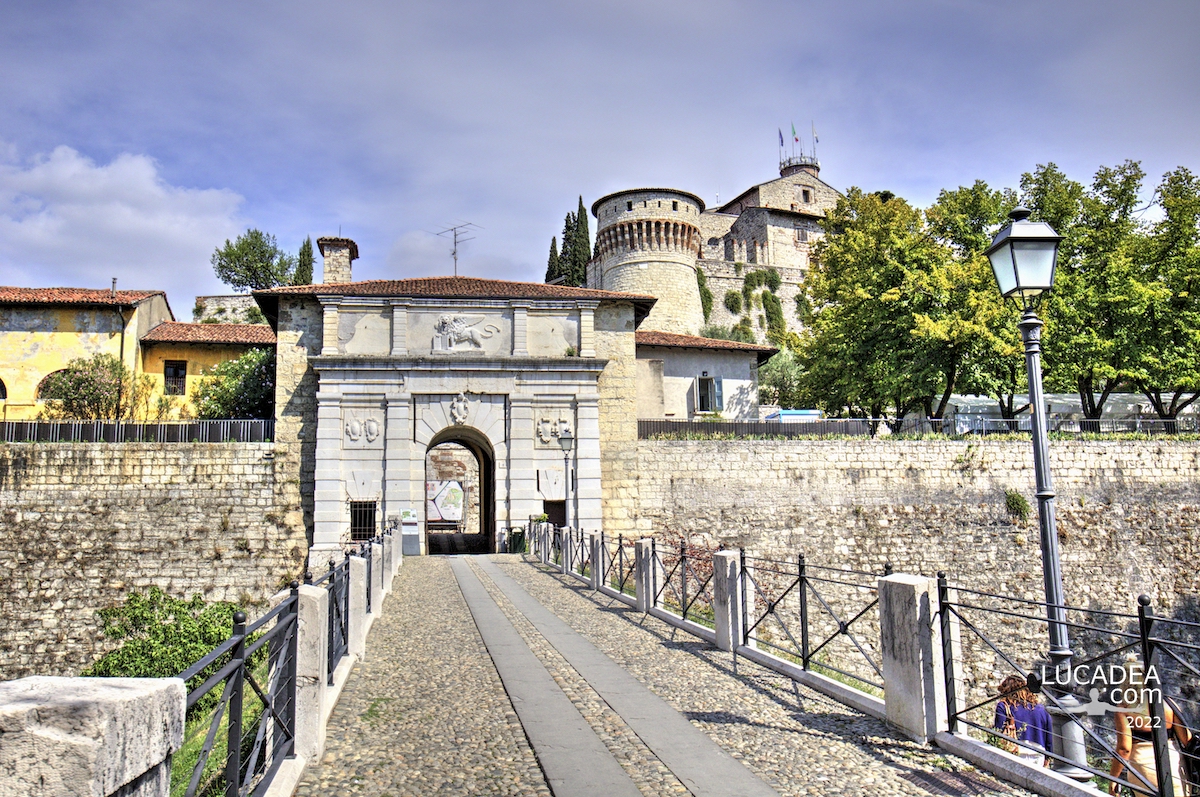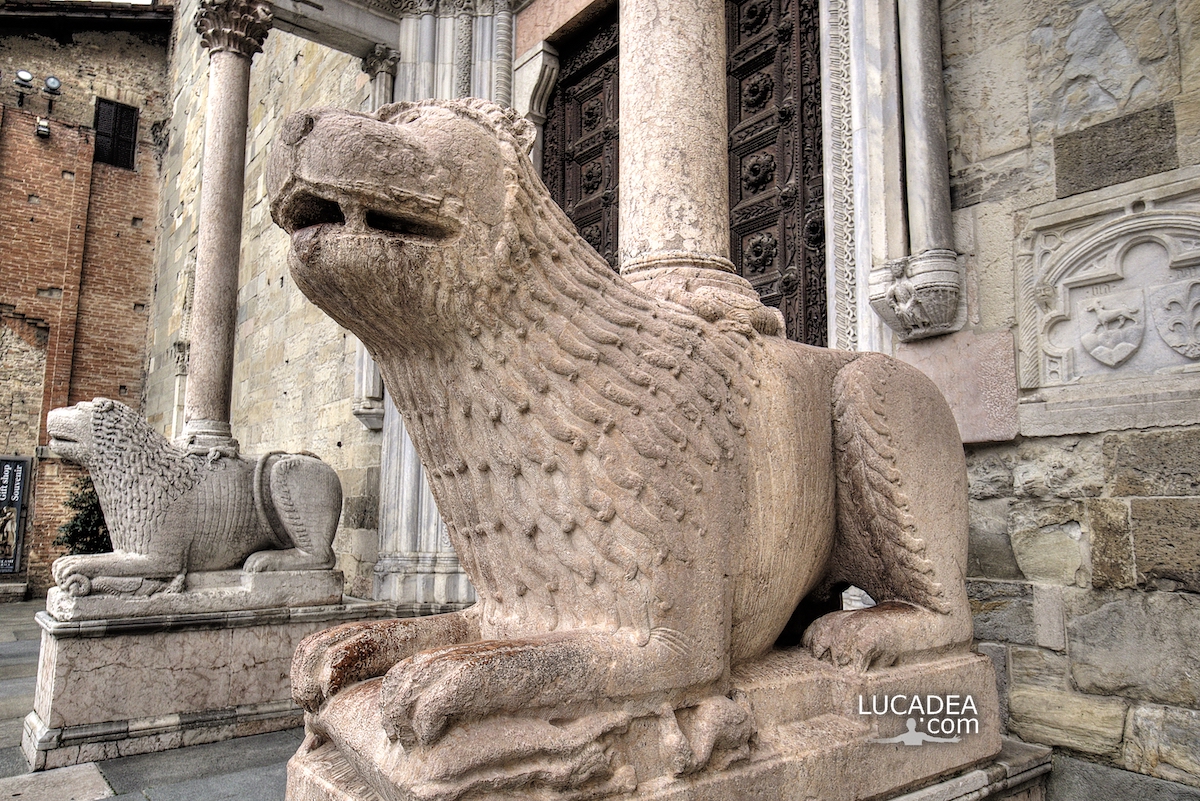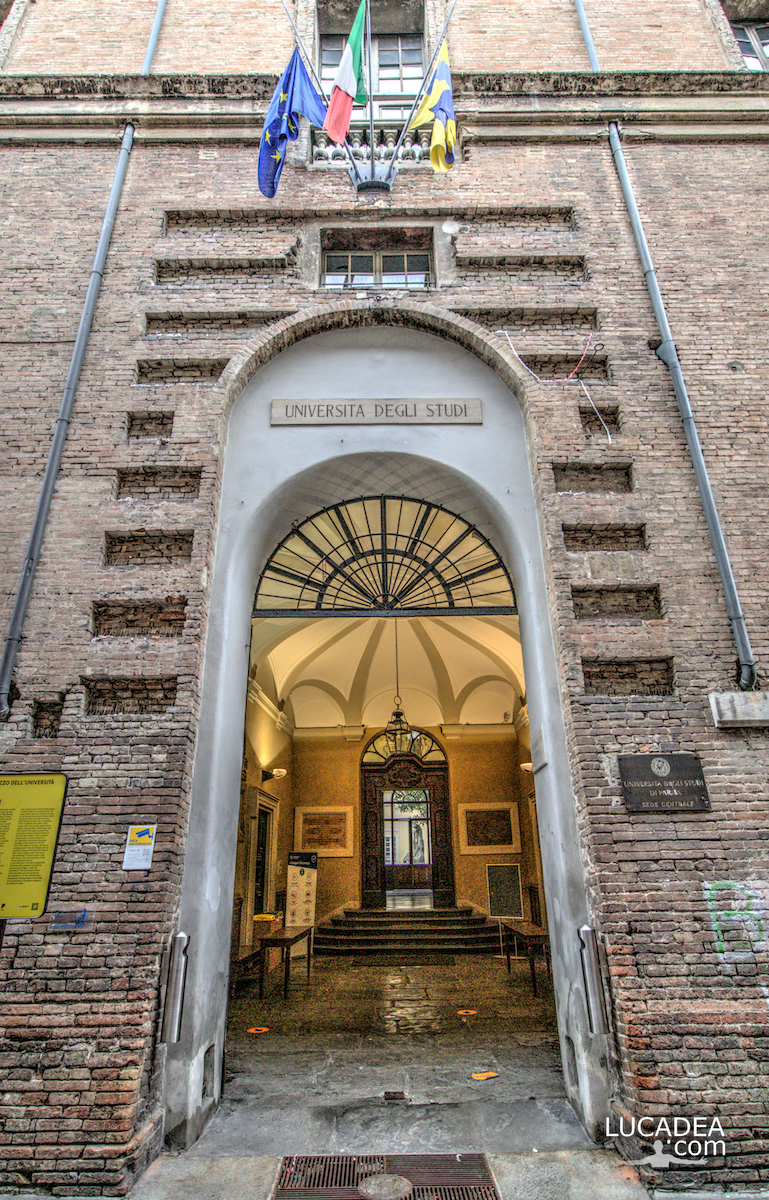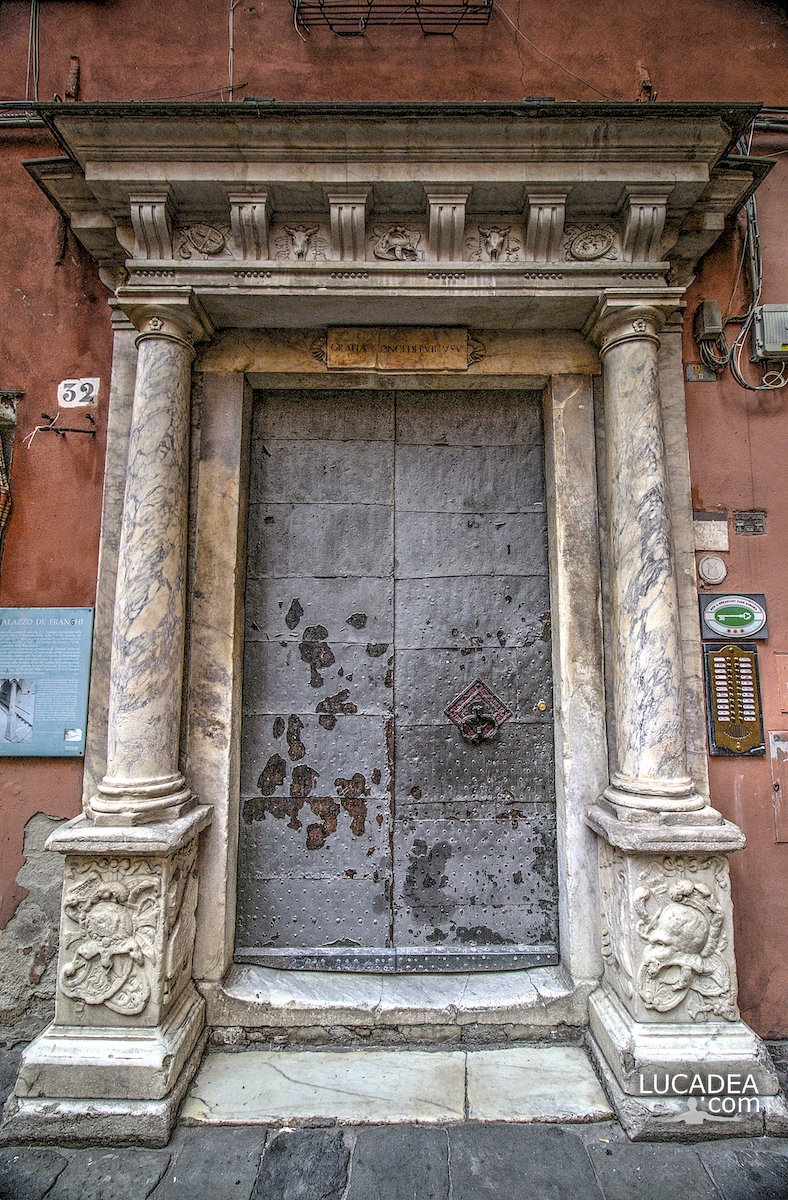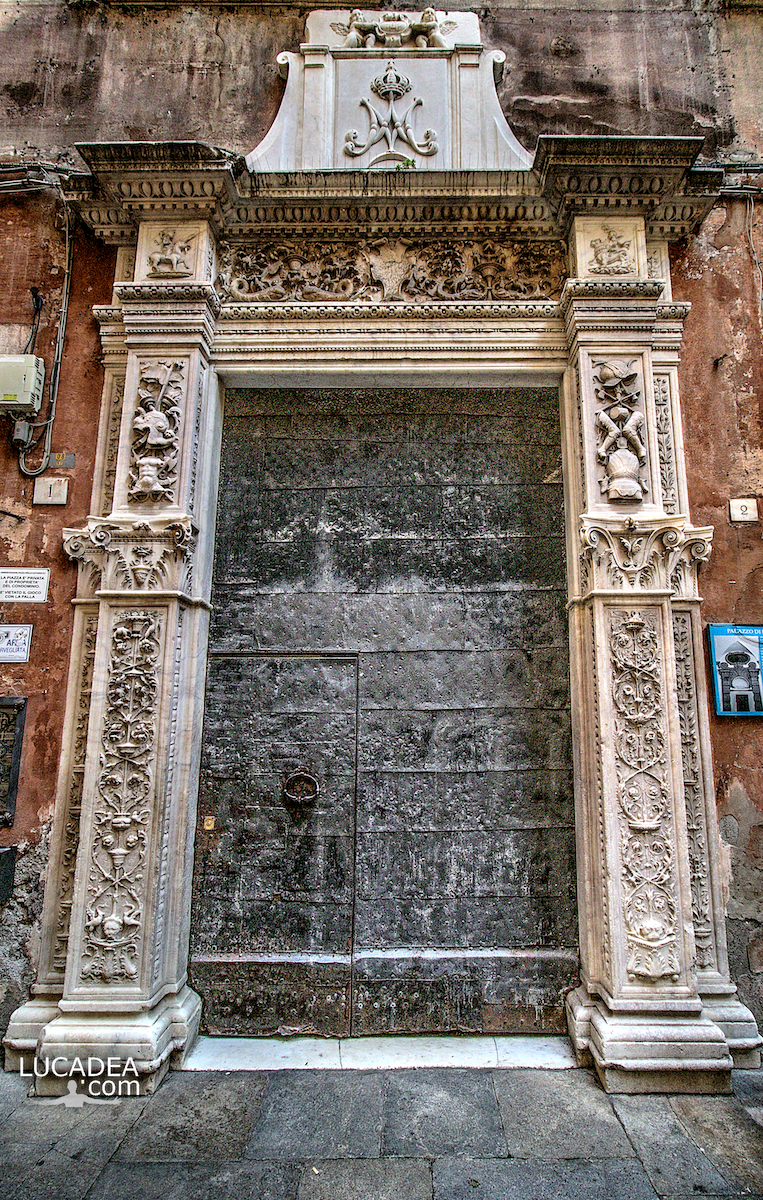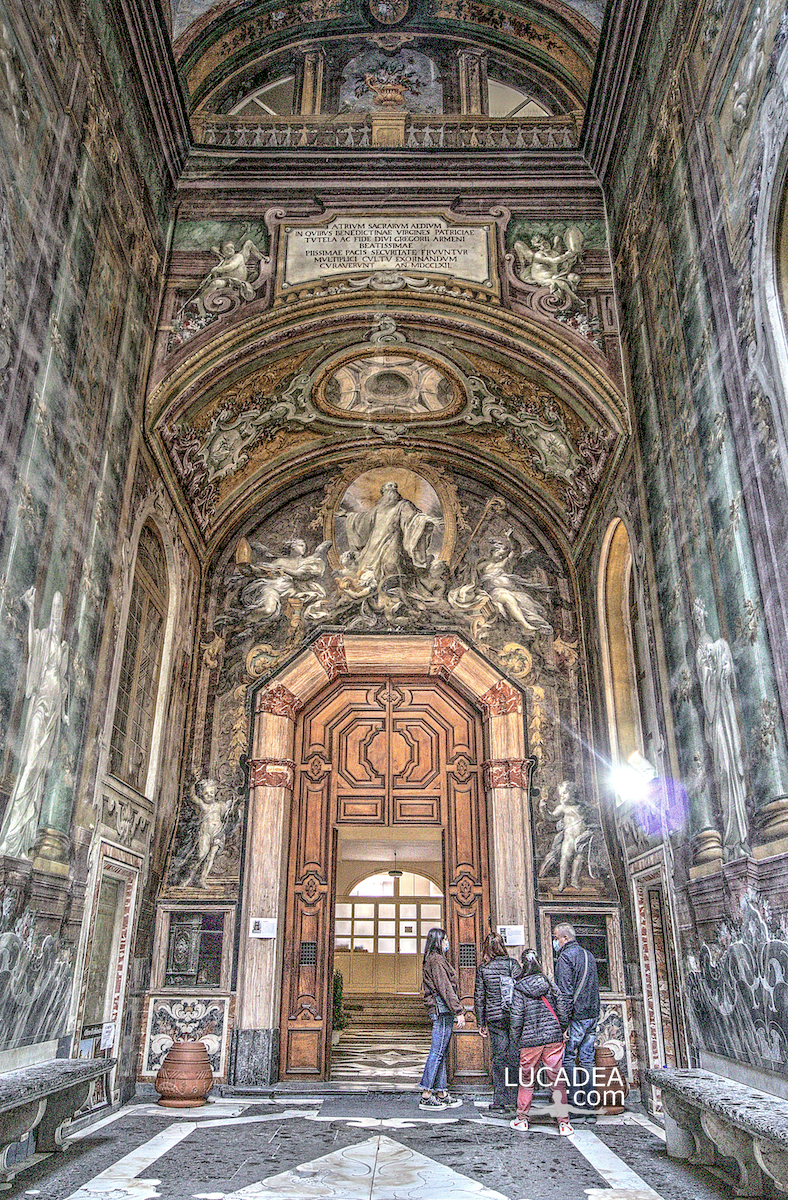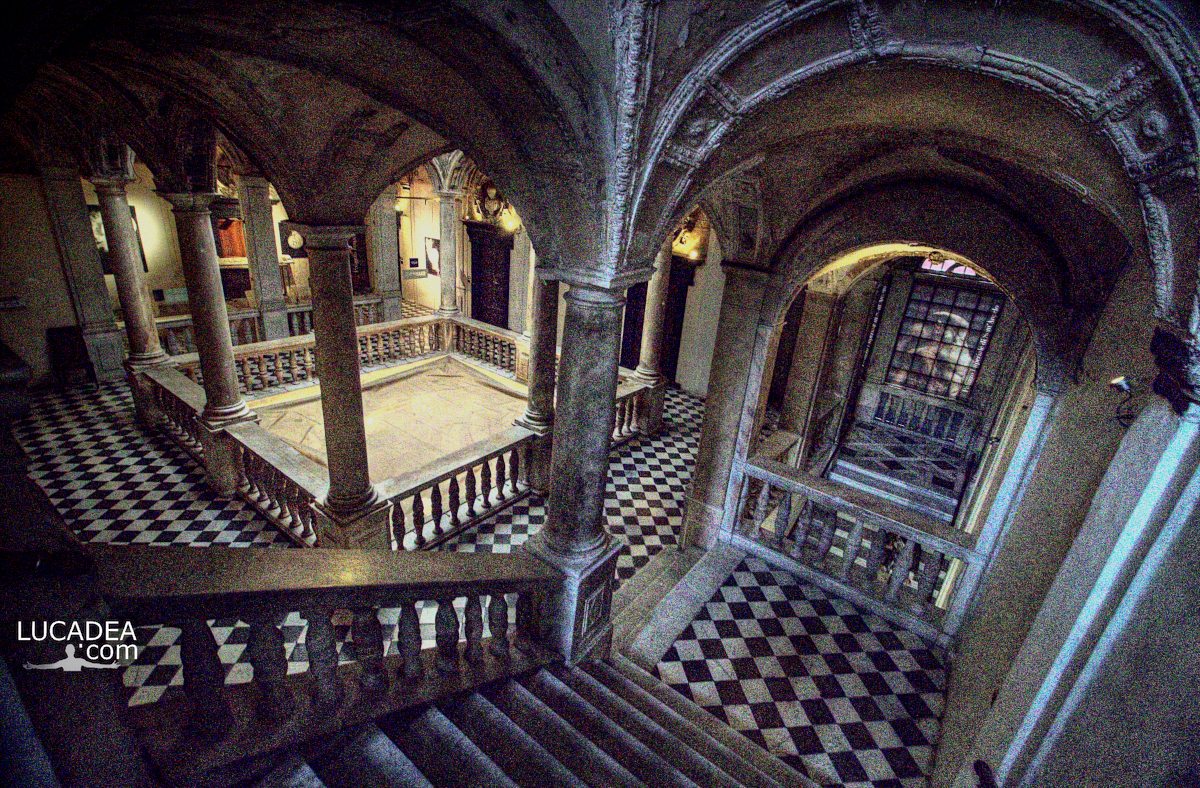The column-bearing lion at the entrance of the Palazzo dei Priori in Perugia.
I like to photograph the statues of animals that I encounter while traveling. And this is not the first time that I encounter a lion holding up a column at the entrance of a building (in this case it is called a column-bearing lion).
This statue, which is a pair with the one on the other side of the entrance, is located at the entrance of the Palazzo dei Priori in Perugia, the building that is home to the Galleria Nazionale dell’Umbria.
Have you ever visited Perugia?
Add your own comment or go to the bottom of the site to read what other visitors have written.
Photo taken with Canon EOS RP and lens Canon RF 24-50.
This is the official website where the palace is discussed gallerianazionaledellumbria.it.
To see all the photos of Perugia, click here:

Here's where the statue is located:
The stylophoros is an architectural term derived from Greek and meaning “style bearer”, that is, column bearer. It is used to indicate those sculptures of animals or fantastic monsters placed at the base of the supporting columns of the porches or even pulpits usually in Romanesque churches. Unlike the caryatid, a sculpture that replaces the entire column by acting as a support for the trabeation, the stylophoros constitutes only the base of the column.
Continue and learn more on Wikipedia






